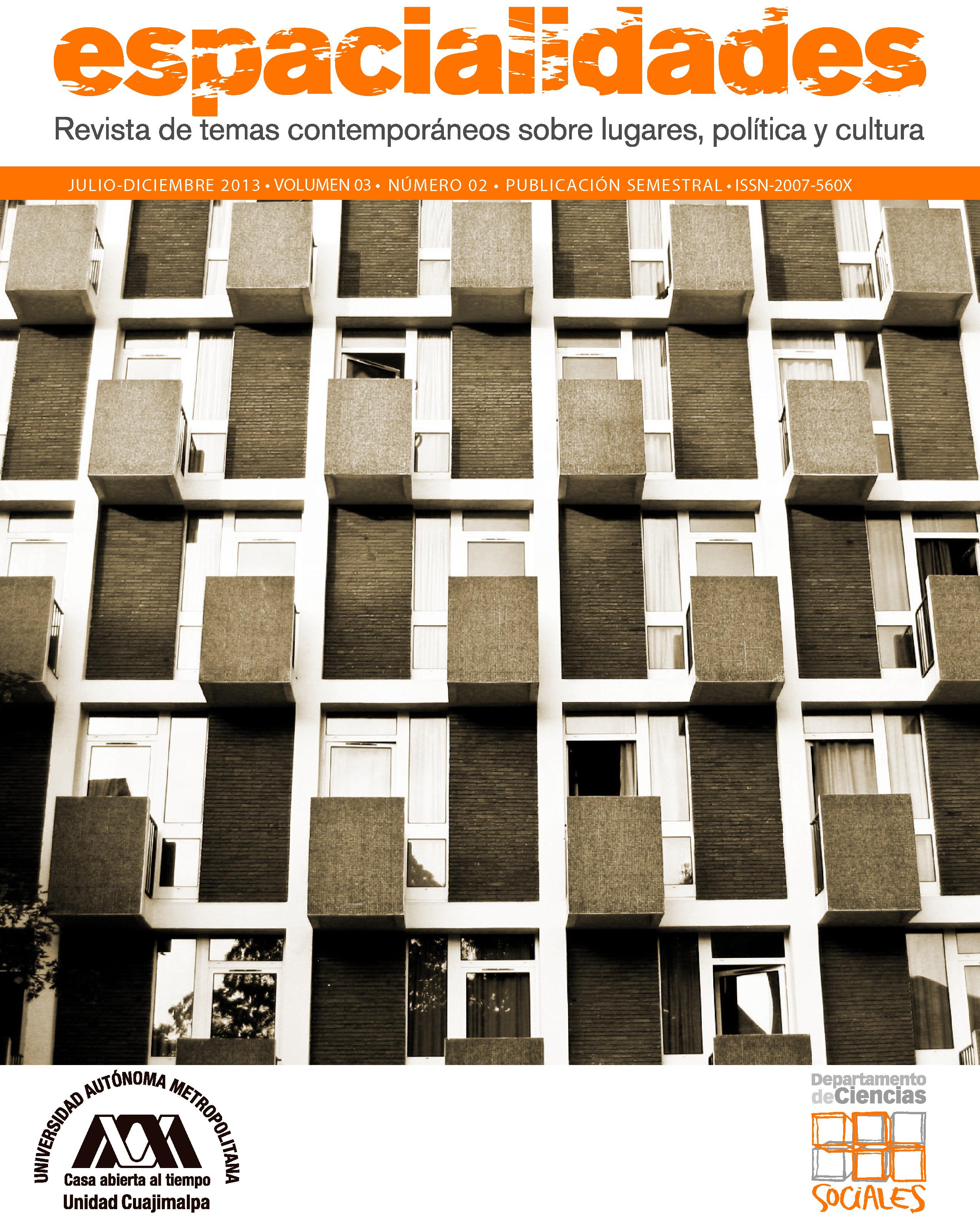La naturaleza de las ciudades El alcance y los límites de la teoría urbana
##plugins.themes.bootstrap3.article.main##
Resumen
En décadas recientes ha habido un debate creciente sobre la amplitud y la esencia de la teoría urbana. Este debate ha estado marcado por muchas afirmaciones diversas sobre la naturaleza de las ciudades, incluyendo declaraciones de que lo urbano es un concepto incoherente, que la sociedad urbana no es nada más que la sociedad moderna como un todo o, más recientemente, que hasta ahora la teoría urbana ha estado profundamente viciada debido a su enfoque casi exclusivo en las ciudades del Norte global. Nuestro objetivo en este artículo es ofrecer algunos puntos para aclarar este debate. Argumentamos que todas las ciudades pueden entenderse en términos de dos procesos: las dinámicas de aglomeración/polarización y el desarrollo de un nexo entre lugares, usos de suelo y las interacciones humanas con que están asociadas. Afirmamos que estos procesos constituyen la naturaleza esencial de las ciudades. A partir de esta base proponemos criterios para distinguir específica e intrínsecamente el fenómeno urbano del resto de la realidad social. Nuestra discusión también pretende identificar las dimensiones comunes a todas las ciudades sin, por un lado, exagerar los alcances de la teoría urbana y, por el otro, afirmar que cada ciudad en lo particular es un caso especial e irreductible.

